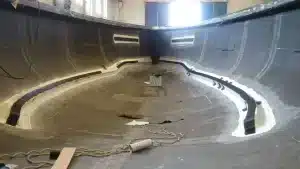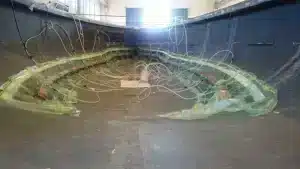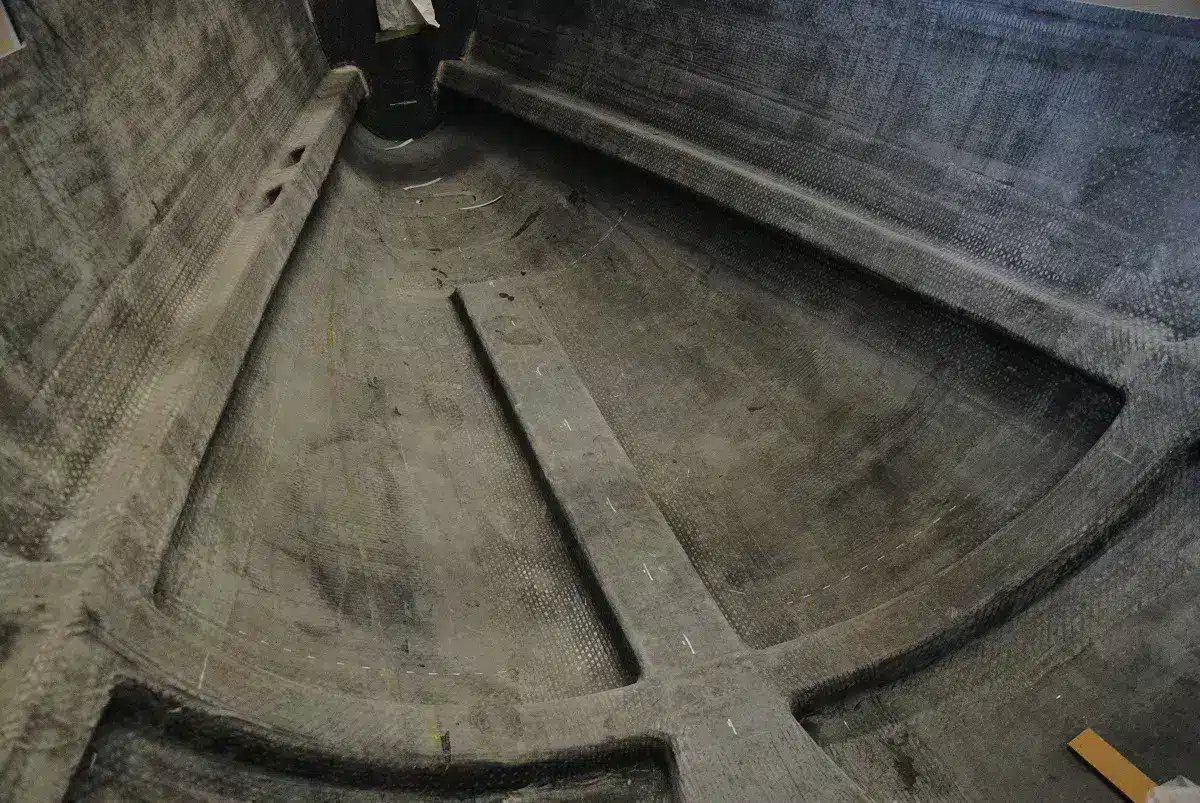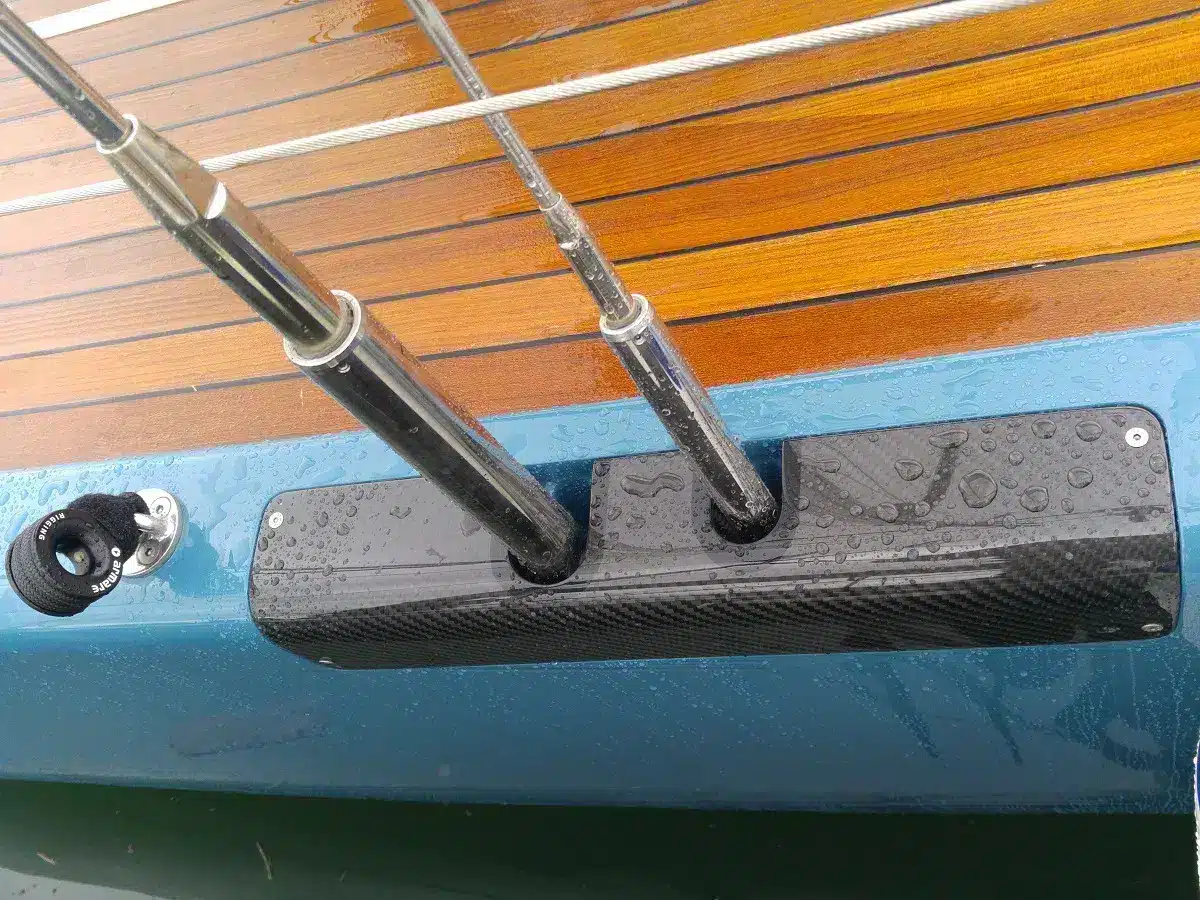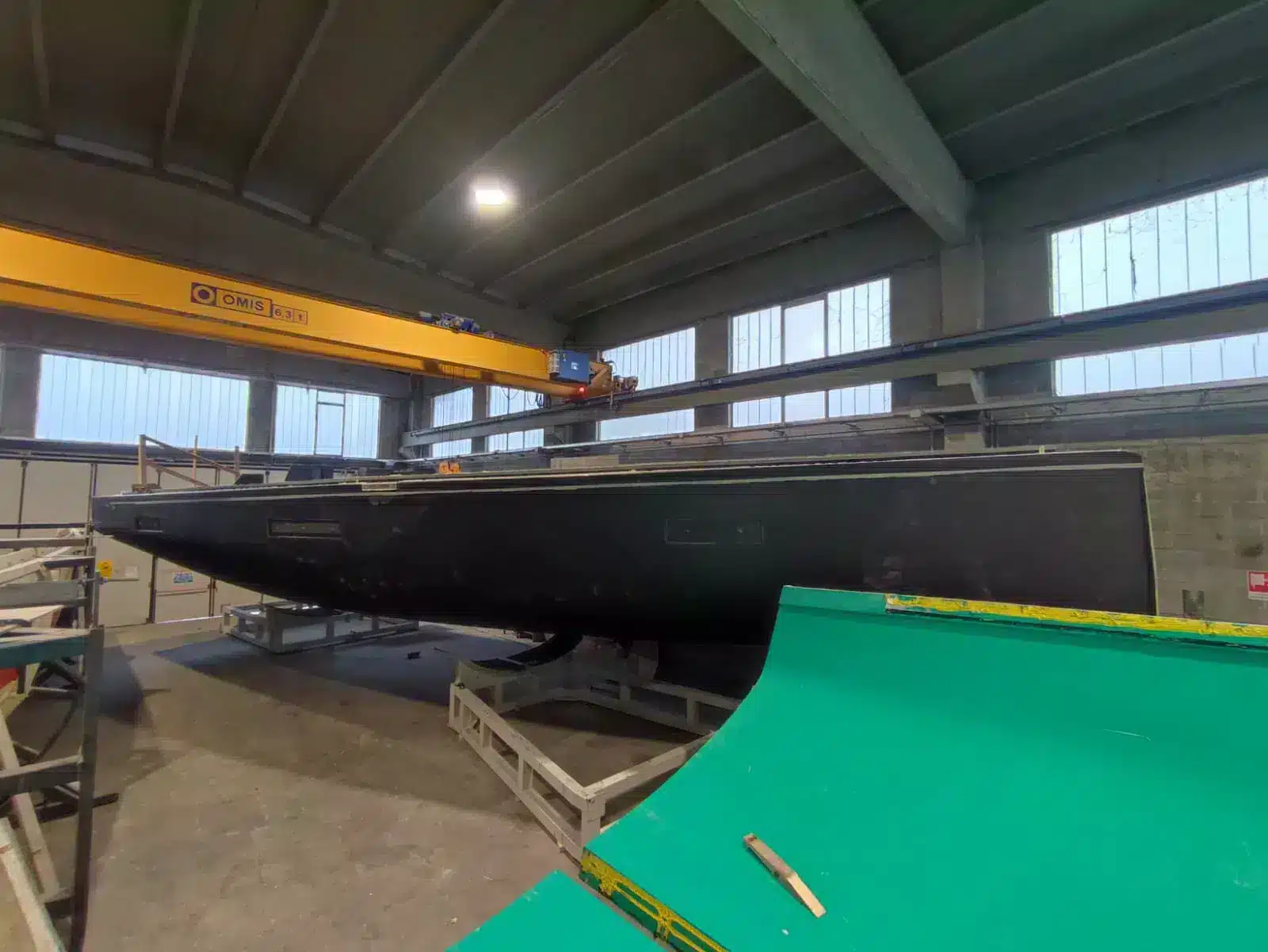Carbon fibre has played a key role in the technical evolution that yachting has undergone in recent years. This is well known by Ice Yachts, the Italian boatyard that has exploited carbon fibre as a key element in the construction of its hulls, decks and advanced structures. It is in fact a lightweight and resistant material that has led to revolutionary innovations in boat construction.
When analyzing the production techniques used for Ice Yachts’ products, the ‘one-step‘ lamination of the hull and deck, the in-situ lay-up and lamination of the structures, the internal lamination and closing of the structural rings during the joining of the hull and deck, and the use of home-made moulds or those commissioned from specialized companies stand out. These aspects are apparently very technical and specific, but it is important to know them in order to understand the quality that sets Ice Yachts’ units apart from the competition.
 Ice Yachts’ secrets: ‘one-step’ lamination and in-situ construction
Ice Yachts’ secrets: ‘one-step’ lamination and in-situ construction
One of the main features of the ‘one-step’ lamination used by Ice Yachts is the possibility of fabricating both the hull and deck in a single vacuum step. This means that the carbon fibre layers and PVC cores are positioned and laminated simultaneously, reducing the risk of delamination and ensuring better adhesion between the two parts of the boat. This technique contributes to the overall strength of the boat. Moreover, the ‘one-step’ lamination process used by Ice Yachts greatly simplifies production and reduces construction time, enabling greater yard efficiency and shorter delivery times.
In-situ construction of structures is also an innovative technique in the production of carbon fibre hulls, decks and structures. This process, of which Ice Yachts was a forerunner, has revolutionized the way boats are built: unlike traditional off-site construction of structures, in-situ construction allows for greater precision and a perfect fit of the parts, offering surprisingly better results in terms of structural solidity, weight reduction and performance. These features are common to all Ice Yachts’ boats and enable the shipyard to guarantee the best possible quality standards.
Union by internal lamination and closing of structural rings
Another key production step at Ice Yachts is the joining of hull and deck through internal lamination. This means that layers of carbon fibre are applied to the inside of the boat, creating an extremely solid structural connection between the two parts and allowing for greater continuity of the reinforcement structures, whose lamination continues from the hull to the deck, creating a structural ring that makes the entire boat stronger.
In-house and numerically controlled moulds
A central element in composite lamination is the manufacture of moulds. Ice Yachts tends to make its moulds in-house or, if greater precision is required, through companies specializing in numerical control. This approach, combined with 3D modelling carried out by in-house professionals, allows for greater customization, as the moulds can be adapted to the specific needs of the boat.
The precision of numerical control makes it possible to create highly detailed moulds that fit perfectly to the desired shapes. This flexibility is crucial for the creation of high-end boats such as those of Ice Yachts, where design and performance are the priority.
These techniques certainly help Ice Yachts in achieving its mission, which is to position itself as a world leader in the segment of custom and semi-custom yachts between 60 and 80 feet. To achieve this goal, Ice Yachts is currently working on the production of 9 boats: ICE 53 ST (hull no.1), ICE 66 RS (hulls no. 1 and 2), ICE 62 (hull no.7), ICE 54 (hulls no. 18 and 19), ICE 70 (hulls no. 5 and 6) and ICE 80 (hull no. 1). We are sure that, at this pace and with these innovative techniques, many more will follow.
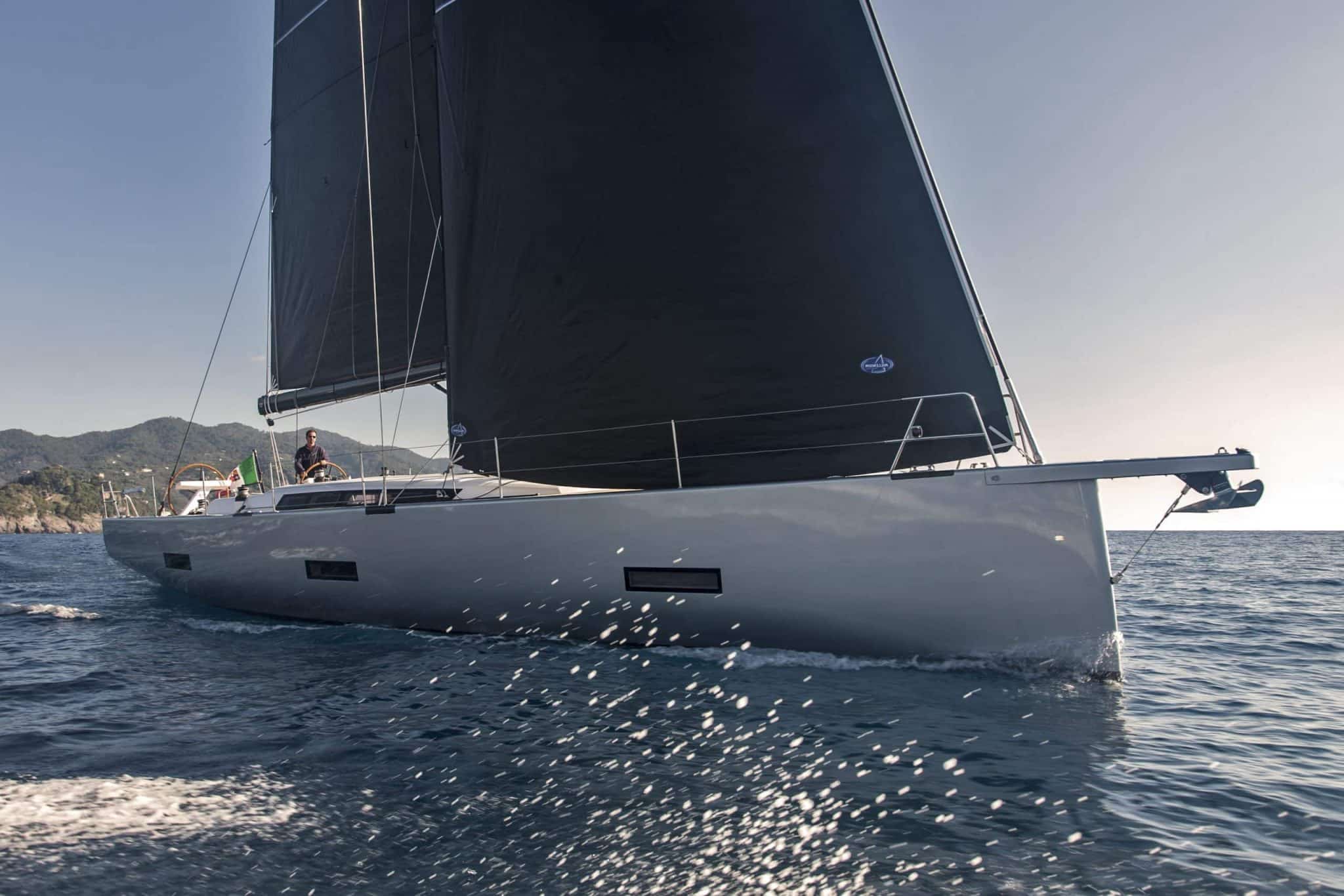
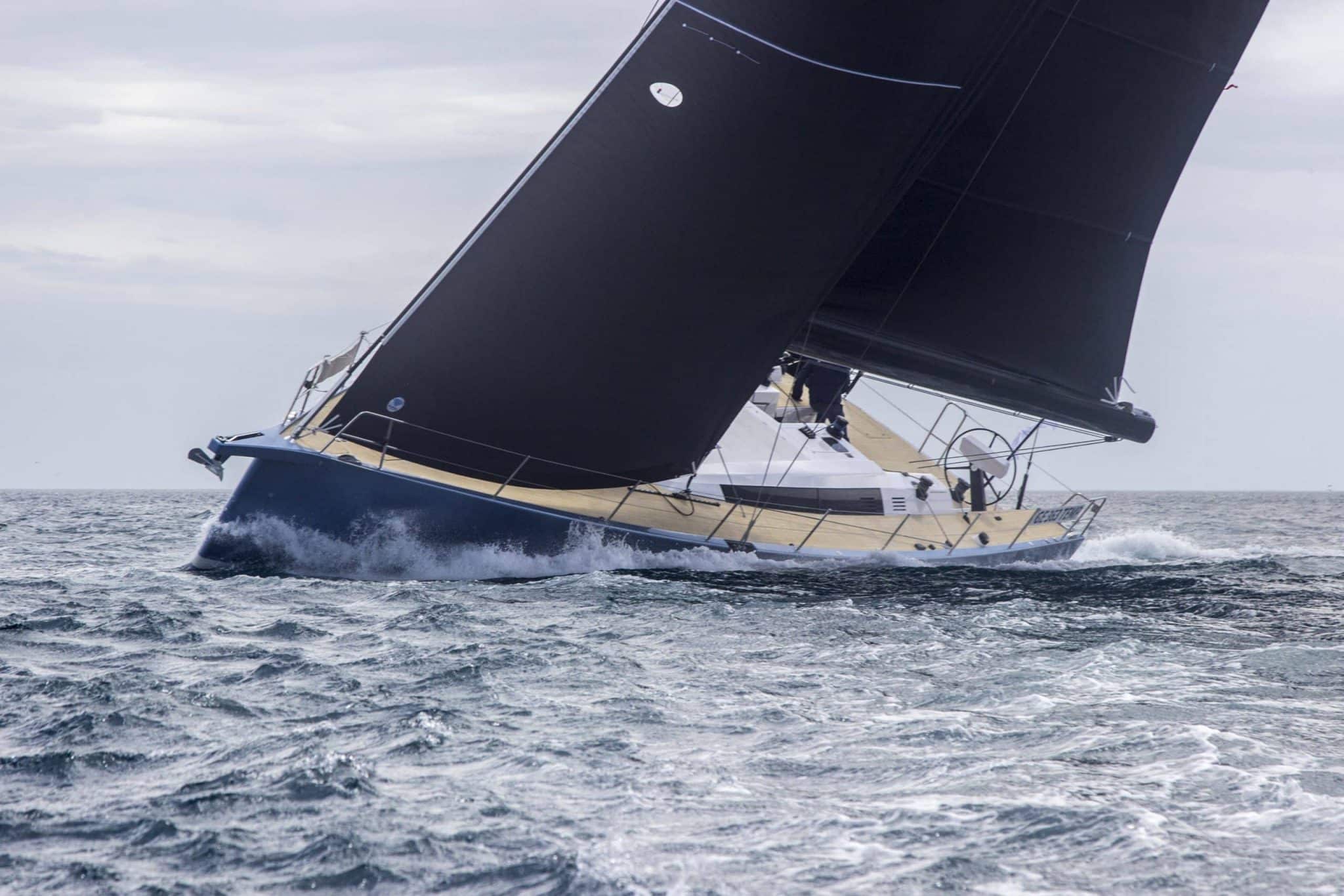
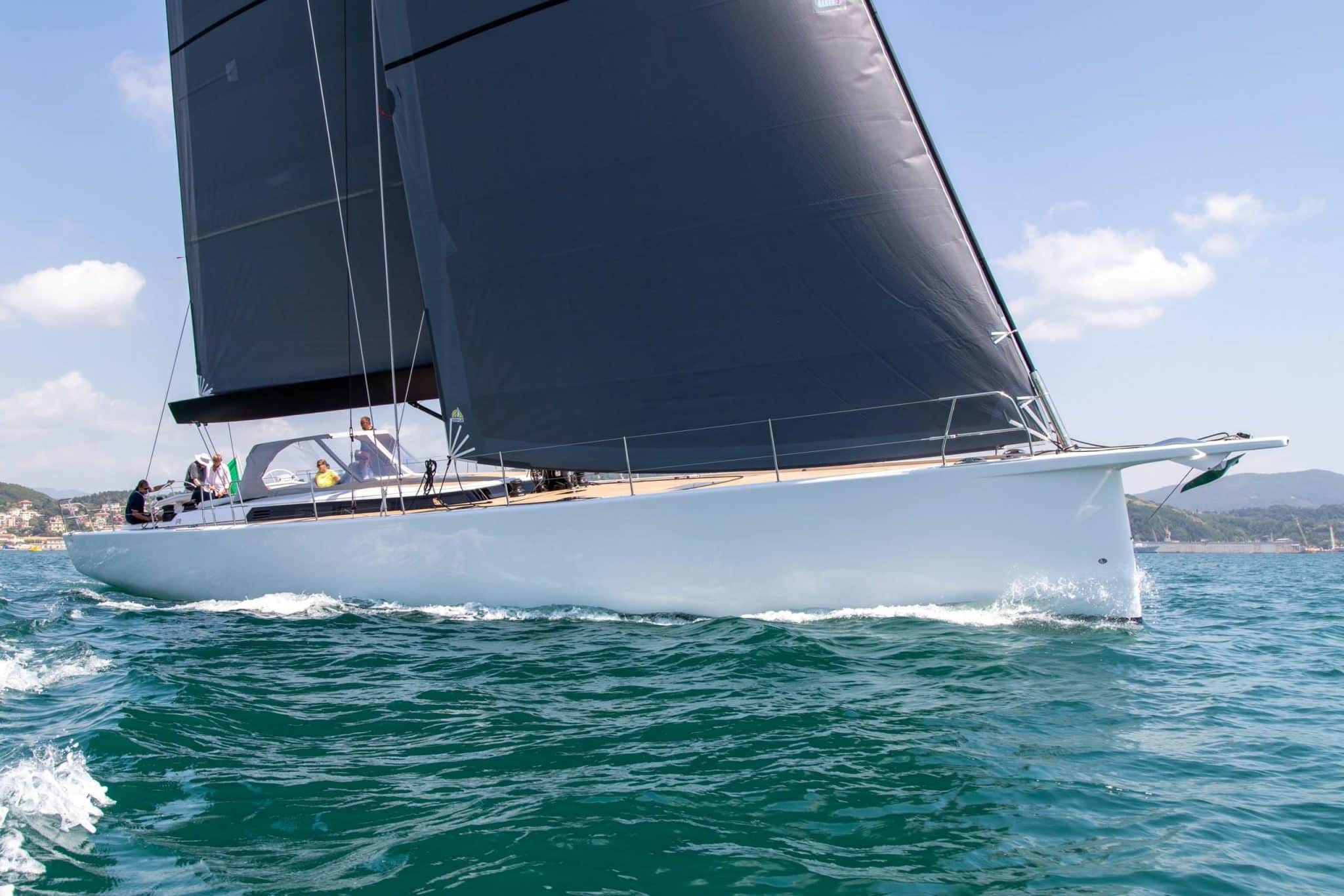
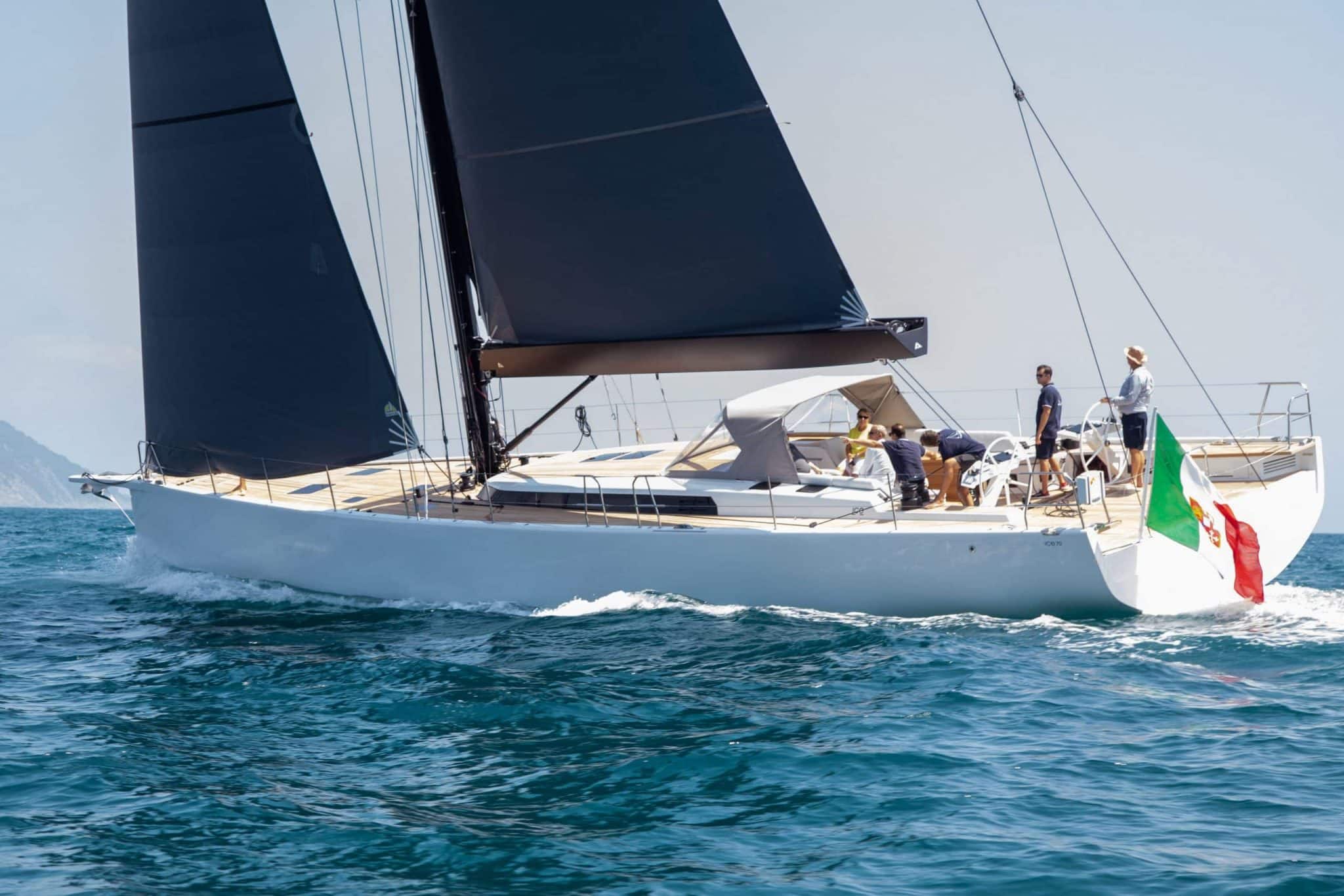

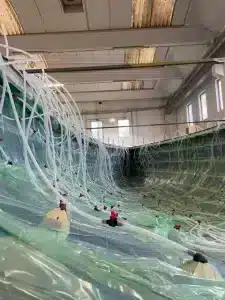 Ice Yachts’ secrets: ‘one-step’ lamination and in-situ construction
Ice Yachts’ secrets: ‘one-step’ lamination and in-situ construction